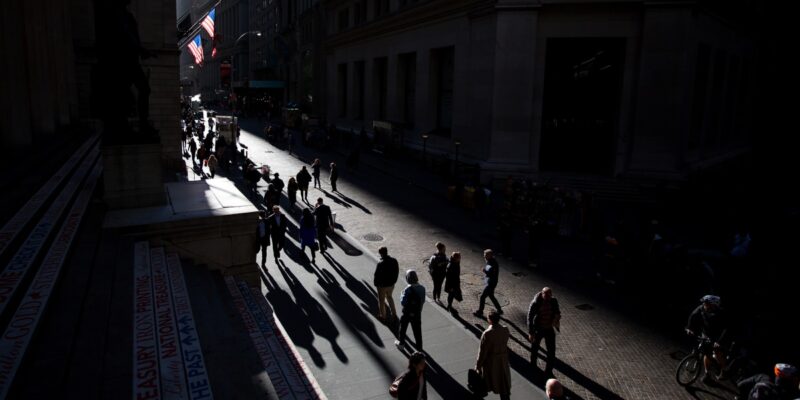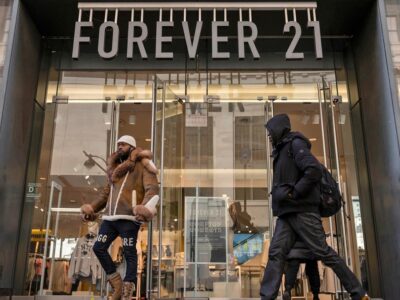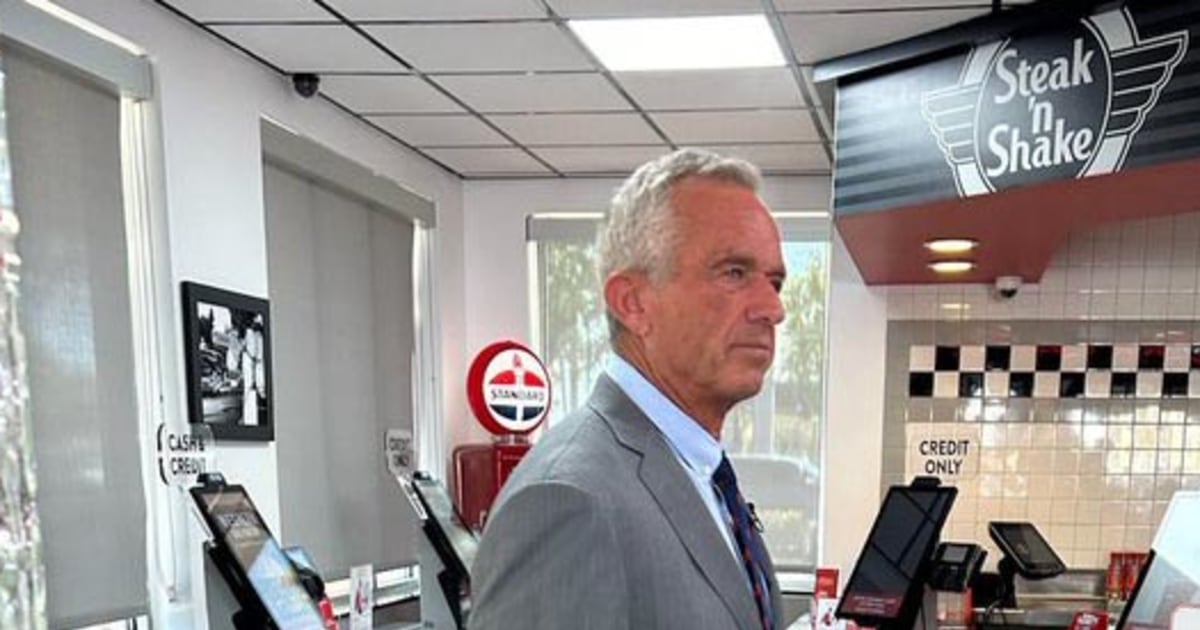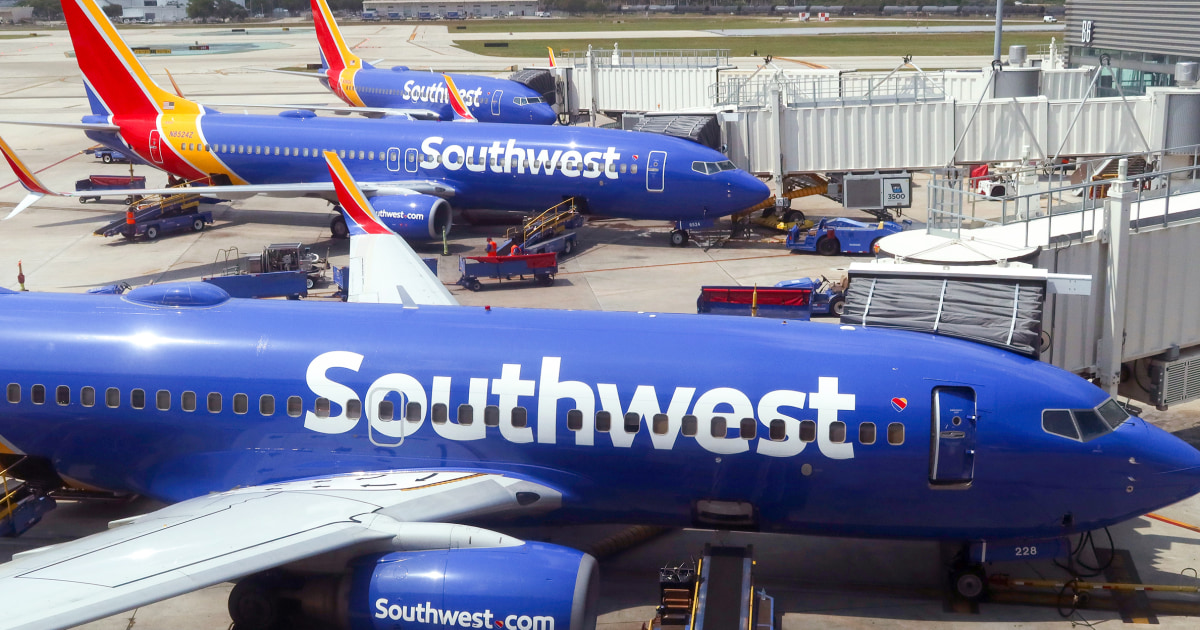
Dan Hevia has been laid off before — but this time feels different.
Hevia, 42, a marketing and business development specialist based in the New York City area, has been out of work since the summer. In a recent LinkedIn post, he claimed he has filled out more than 1,000 job applications, with nothing to show for it.
“If you had told me when I was laid off in June that I would approach 6 months without a job offer, I would laugh (hooray for confidence!),” Hevia wrote. “But here it comes and boy does this job market humble you on a regular basis.”
In an interview with NBC News, Hevia said he holds out little hope for what the future brings for his career.
“I’m continuing to apply with shaken confidence — if not totally broken,” he said.
For many workers, the euphoria of “the Great Resignation” — a period following Covid-19 reopenings that brought a massive reshuffling of jobs and substantial wage gains — has given way to a new, far more uncertain environment.
The Bureau of Labor Statistics reported this week that even as layoffs remained subdued and job openings increased in October, the hiring rate ticked down to a level not seen since the U.S. was emerging from the financial crisis of the late 2000s.
At 4.2%, the unemployment rate remains historically low. (For context: The unemployment rate never dropped below 5% in the 1970s or the 1980s.)
Yet even as unemployment has fallen somewhat in recent months, it climbed substantially from its pandemic-era low of 3.4% in April 2023.
On Friday, the Bureau of Labor Statistics released employment data for November. The number of payrolls added, at 227,000, came in above forecasts.
However, the unemployment rate climbed to 4.2%, while the median duration of unemployment hit 10.5 weeks, the highest level since May 2017.
“Labor demand is slowing,” wrote Seema Shah, chief global strategist at Principal Asset Management financial group, in a note following the Friday release, noting both the increasing unemployment rate and the lower-than-expected revisions to previous’ months payrolls data from the impact of strikes and hurricanes.
“There are cracks in the labor market,” she added.
In a recent interview, Guy Berger, chief economist at the Burning Glass Institute, a labor market research group, said people who currently have jobs are unlikely to lose them.
But there has rarely been a worse time in recent history to be looking for them.
“I buy arguments that it’s a good job market,” Berger said in a recent interview. But, he added, it is far from great.
“Hiring is too low; it’s really hard to find a job,” he continued. “It’s good that a lot of people are employed, but it’s not obvious that we’re on a good trajectory.”
Part of the problem appears to be a dramatic shift in the labor market back in favor of employers: A Gallup poll released Tuesday found U.S. workers are seeking new opportunities at the highest rate since 2015 as overall satisfaction with current employers has returned to a record low.
In a write-up of the survey, Gallup analysts referred to the current period as “the Great Detachment,” noting that the widespread disruptive and organizational changes in the wake of the pandemic have left workers feeling burned out.
There are two key observations from the survey:
- Fewer than half the workers Gallup surveyed reported “knowing what’s expected of them at work.”
- And just 30% said they “strongly agree” that the mission or purpose of their companies make them feel their jobs are important.
Both of those findings are record lows for the survey.
Meanwhile, many managers are contending with smaller budgets, shifting personnel and new responsibilities, Gallup said.
“Across the U.S. workforce, people are becoming more disconnected from their employer on critical metrics,” one of the survey’s analysts, Ben Wigert, a director of research and strategy at Gallup, said in an interview.
Gallup’s workplace metrics are similar to where they were in 2015, Wigert said. But the context is different.
“With the current jobs market cooling down quite a bit from the Great Resignation, and with inflation, people don’t feel secure making the leap” to new roles, Wigert said. “So they’re stuck with this discontent. It’s a very different situation.”
Voters consistently ranked the U.S. economy as their top concern heading into the November presidential election. But neither Kamala Harris nor Donald Trump offered economic visions that emphasized abundant job growth. Ultimately, voters punished the Biden-Harris administration for creating an uncertain economic environment as they hoped for a return to the one that prevailed during Trump’s first term.
Though many voters believe business conditions are likely to improve as Trump moves back into the Oval Office amid promises of looser regulations, it isn’t clear how much the labor market will improve from here. In its 2025 economic outlook, Wells Fargo economists say the unemployment rate is likely to stay at current levels while payroll growth slows.
“The completion of [pandemic] ‘catch-up’ hiring in industries that have disproportionately driven payroll growth over the past year (e.g., healthcare, government, and leisure & hospitality), a generally more muted economic growth backdrop due to tariffs, still-restrictive monetary policy and a slower-growing pool of workers are all likely to contribute to the more modest pace of job gains,” the economists wrote.
Essentially, a slowing job market and economic conditions that are still too tight for comfort mean hiring is likely to keep trudging for a while longer.
Not all economists agree that the U.S. labor market is experiencing unusual tensions — and what frictions do exist have, in certain cases, immediately identifiable causes. In a note last month surveying the state of the U.S. economy, analysts with Goldman Sachs said the immigration surge of the past two years was causing the unemployment rate to increase.
With border apprehensions plummeting, job opportunities in many sectors should begin to ease, they said.
“Job openings are high and the layoff rate is low,” the analysts wrote. “While we have yet to see definitive evidence of labor market stabilization, trend job growth appears to be strong enough to stabilize and eventually lower the unemployment rate now that immigration is slowing.”
In a separate note released Wednesday, Thomas Ryan, an analyst with the Capital Economics research group, said recent BLS data showed the labor market was “finding a floor” and “stabilizing at a healthy level” as firms remain “slow to hire and fire.”
Yet a hiring boom like the one that occurred during the pandemic reopenings may not emerge for some time, according to analysts with Vanguard.
“Large employers are proceeding with caution in hiring new workers,” they wrote in a recent report. “In addition, hiring activity for lower-income jobs continues to normalize from the highs of the pandemic recovery.”
While improving labor productivity, in part from gains in artificial intelligence, will remain strong in 2025, it is likely to result in fewer job cuts. “The rate at which firms hire new workers will likely hold at its current modest level,” the Vanguard analysts said.
For workers like Hevia, that may mean no timetable for an end to job-search anxieties. For now, he has sought consulting work as he continues to submit applications, though he has reduced his expectations for a position and a salary at the senior level he held before.
“At this point, anything is better than nothing,” he said.















